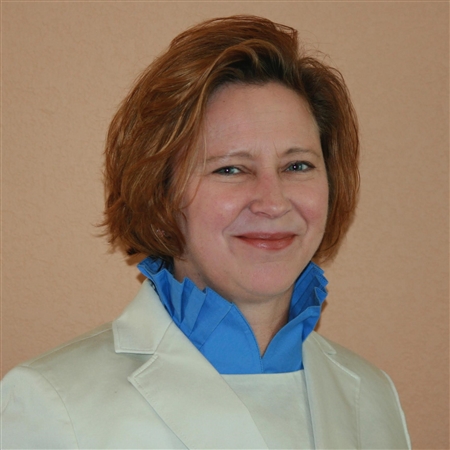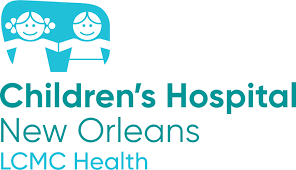Balancing medication safety automation with patient empathy

“How do you give healthcare professionals the appropriate technology to care for the patient without them having to babysit the system?”
On this page:
- Q&A
- Vital Statistics
- Core Technology
Ranee Runnenbaum’s career is predicated on medication safety. Starting as a clinical pharmacist, she became an expert in informatics before moving to medication safety, now with Children’s Hospital of New Orleans.
“I believe pharmacists are in the best position to lead medication safety for any healthcare organization because we have the greatest understanding of the medication-use process from beginning to end,” she explained.
“I know that the work I’m doing helps to prevent a patient from experiencing harm and also prevents my healthcare colleagues from inadvertently causing harm. It’s what brings me back to work every day.”
Q&A
-
Q: How does pharmacy technology need to change in order to improve medication safety?
A: Ages ago, when I first got into informatics, I really thought by now we’d be living like The Jetsons. I imagined clinical pharmacists would be commonplace, patients would interact with them at every healthcare venue, and technology would work in the background without oversight.
Unfortunately, pharmacy is not as automated as it should be, especially compared with other high-risk industries like the airlines and nuclear power that have standardized and automated processes.
The challenge is figuring out the human component. You don’t want to be treated like just another number when you’re about to have a baby.
So the questions are, how do you give healthcare professionals the appropriate technology to care for the patient without them having to babysit the system? How do you safely add technology while ensuring patient compassion and empathy?
-
Q: What safety factors should be taken into account when considering technology?
A: When looking at new technology, you’ll need to involve all of the different professional groups to determine their interactions with the technology and get their input in order to reduce potential safety risks.
Because some technology will drive workflow changes that aren't necessarily intuitive to the humans using the technology.
So, if you’re purchasing medication ordering technology, as an example, that would encompass a pretty wide variety of caregivers. If it is respiratory related and pertaining to how they administer meds, then your efforts would be more focused on those individuals. And for infusion technology, it may impact the OR and everyone in their tiny bubble of what they do.
-
Q: What new technologies are most promising for medication safety?
A: I don't know that it would be a technology per se, but how the technology is used.
Apps have changed how we interact with each other. That’s an opportunity to get patients more involved in their healthcare. Some patient groups are better at it than others. For example, diabetic patients who are on insulin pumps have mastered their own healthcare and are better at managing their blood sugars than maybe even some care providers.
Also, there’s some amount of machine learning in healthcare, but I think there’s more that can be done, for example, with diagnosing and matching correct treatment plans for certain patient populations to help them get good care right out of the gate.
-
Q: You’ve led medication safety at an academic medical center, a regional health system, and now a pediatric hospital. What are your biggest learnings across these diverse environments?
A: From a safety perspective, probably the biggest lesson learned is the importance of tailoring solutions to match the care facility’s size and available resources. Each setting can be unique and diverse. Some are larger, some are open 24 hours, some have more technology, and some have access to more specialists. And, of course, those solutions that work in an adult hospital have to be tailored for our babies, including those who weigh just 200 grams.
-
Q: What challenges have surprised you the most?
A: Everyone is for safety. Nobody is going to say that they’re not.
But when you really have to dig in and implement new processes or new technology, that’s when the barriers tend to arise and it’s hard to win people over.
Often, the things that truly add safety to the system, that are better for the patient and for the healthcare professional, also cost more, take more time, and add to the workflow, which can be frustrating.
We tend to often live in the false belief, “But we haven't had an error yet.” Or, “We haven't made a mistake yet, so it’s not a problem here.”
It’s my responsibility to help people understand that, on a bad day, everybody, everywhere is at risk of having an adverse event. And maybe, by introducing safety processes, it’s one less thing we have to worry about when we try to sleep at night.
Vital Statistics

Children’s Hospital of New Orleans
- Staff beds187
- Employees1,529
- Medical Staff228
Core Technology
EHR: Epic
Omnicell Technology:
 Back to Customer Stories
Back to Customer Stories